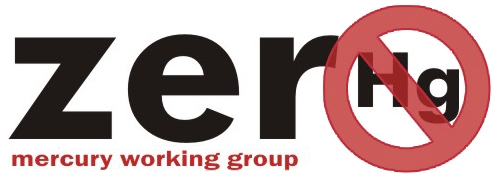Electrical and electronic switches, relays and contacts with mercury are normally used in various applications such as:
- level or “tilt” switches in thermostats, car boot or bonnet lids (lighting), car ride control systems, freezer or washing machine lids, “fall alarms” for the elderly, railway signals, sewer pumps, water pumps, car ABS sensors, light-activators in children’s shoes, among others.
- multiple-pole level switches in excavation machines,
- mercury-wetted contacts (in electronics),
- data transmission relays or “reed relays”,
- thermo-switches, among others
Mercury in electrical components has been under substitution in some countries for nearly two decades, and mercury-free substitutes are being used for most or all of these applications. Even though the level of awareness of the mercury-free substitutes is on the rise, the status and extent of substitution varies considerably from one country to another.
Relevant legislation and NGO policy work
Globally
The Minamata Convention on Mercury, under Article 4 requires that Each Party shall not allow, by taking appropriate measures, the manufacture, import or export of mercury-added Switches and relays, except very high accuracy capacitance and loss measurement bridges and high frequency radio frequency switches and relays in monitoring and control instruments with a maximum mercury content of 20 mg per bridge, switch or relay, after 2020, except where the Party has a registered exemption pursuant to Article 6.
In the EU
The European Union has developed and adopted two pieces of legislation regulating the content and disposition of electrical and electronic equipment (EEE); Directive 2012/19/EU on waste electrical and electronic equipment (WEEE), mainly ensures separate collection and recycling of EEE, while Directive 2011/65/EC (RoHS) as modified (consolidated version) bans the use of certain hazardous chemicals – including mercury or any components containing mercury – in new equipment marketed after 1 July 2006.
Member States shall ensure that EEE placed on the market, including cables and spare parts for its repair, its reuse, updating of its functionalities or upgrading of its capacity, does not contain mercury (among other substances). No more than 0.1% as the maximum concentration value by weight in homogeneous materials shall be tolerated.
Electric and Electronic Measuring and control equipment including switches and relays are part of these directives.
Mercury in very high accuracy capacitance and loss measurement bridges and in high frequency RF switches and relays in monitoring and control instruments not exceeding 20 mg of mercury per switch or relay, are exempted by the prohibition.
This prohibition shall not apply to cables and spare parts for the repair, the reuse, the updating of functionalities or upgrading of capacity of (among others) monitoring and control instruments placed on the market before 22 July 2014; and industrial monitoring and control instruments placed on the market before 22 July 2017;
The prohibition of the manufacture, export and import of switches and relays, except very high accuracy capacitance and loss measurement bridges and high frequency radio frequency switches and relays in monitoring and control instruments with a maximum mercury content of 20 mg per bridge, after 31.12.2020, is covered by the Mercury Regulation (EU) 2017/852 which complements a large body of existing EU environmental law on mercury.

